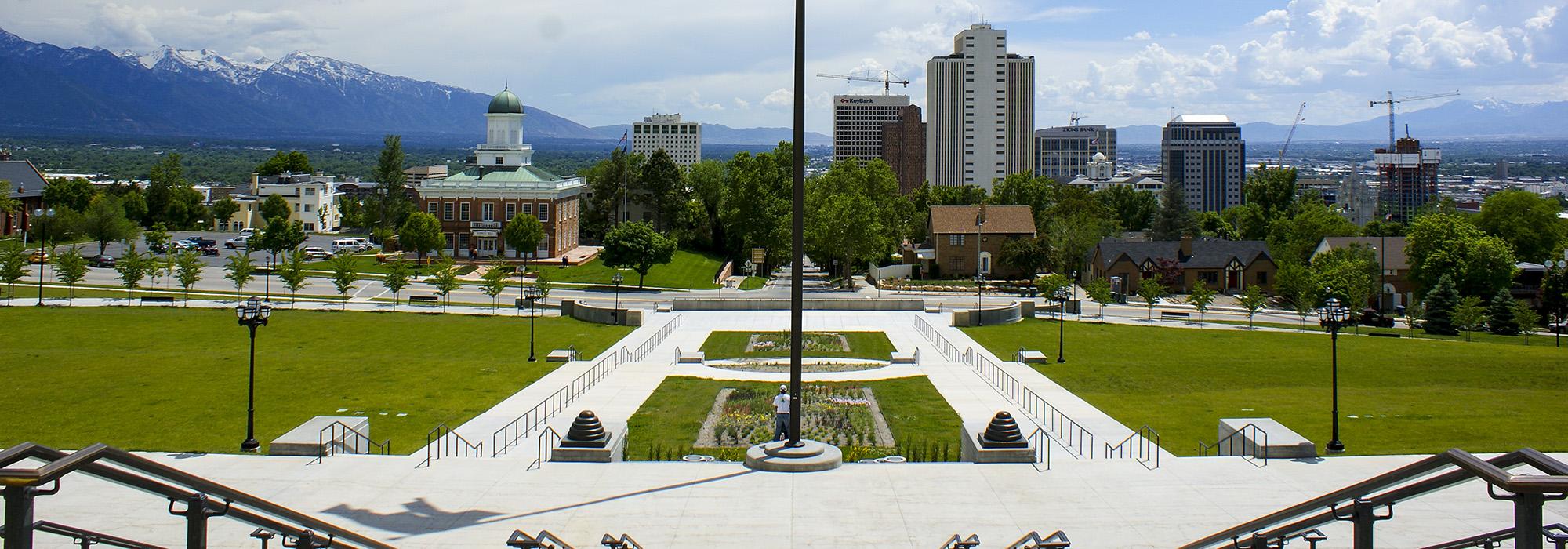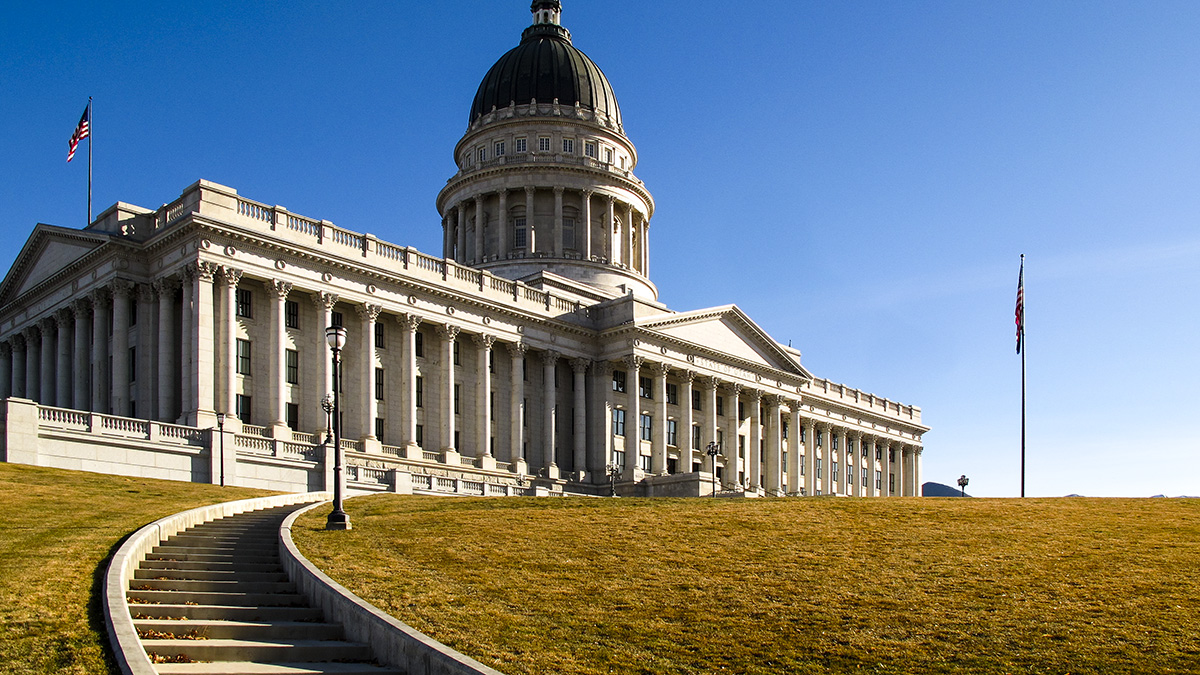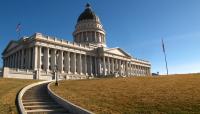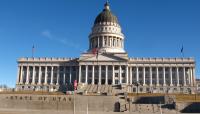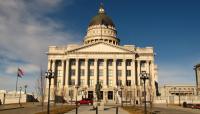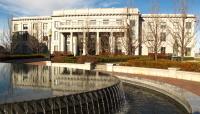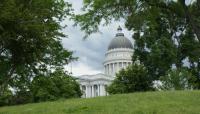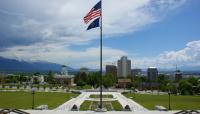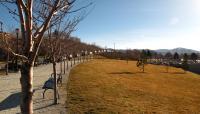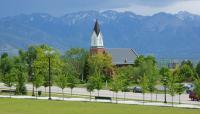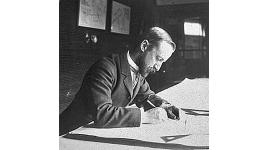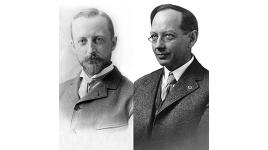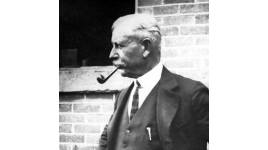Landscape Information
Originally known as Arsenal Hill, the site for the new capitol building was selected by a Capitol Commission appointed in 1909 by Governor William Spry. In 1911, after procuring appropriations from the state legislature and securing a topographical map, the commission employed Olmsted Brothers to provide a preliminary site plan, prior to an architectural competition.
John Charles Olmsted spent nine days in the city sketching ideas and examining soils and elevations. He found the views favorable and suggested using terraces, and to situate the building at the highest point to dominate the site. He recommended grading the north slope lower to allow views up to the building from all sides, carefully planting large trees to avoid obscuring views. He urged the commission to consider land acquisition on the east to widen the site, allowing for a symmetrical plan with the capitol building sited at its center. The commission eventually acquired additional land through gifts and purchases to accommodate the recommendations of both Olmsted and the winner of the competition, architect Richard K.A. Kletting.
The location of the capitol building was ultimately shifted 200 feet south, allowing for future buildings to the north. This change complicated Olmsted's meticulously designed grading plan. The firm requested the opportunity to prepare revised grading and planting schemes, but their request was denied. The oval paths that Olmsted had proposed were constructed as tree-lined pedestrian corridors that are currently named for Philo T. Farnsworth, known as the father of television. Today, although other public buildings have been added on the north side of the campus, the preeminence of the Utah State Capitol and the views from all sides, in conjunction with judicious use of smaller trees, conveys much of Olmsted’s design intent. The site was listed in the National Register of Historic Places in 1978 and is included in the Capitol Hill Historic District.



